Holi, the vibrant festival celebrated with fervor across India, is more than just a splash of colors and water. Rooted in mythology and tradition, Holi signifies the triumph of good over evil and the arrival of spring. As we gear up to immerse ourselves in the festivities of Holi 2024, it’s essential to delve into the fascinating legends that underpin this joyous occasion.
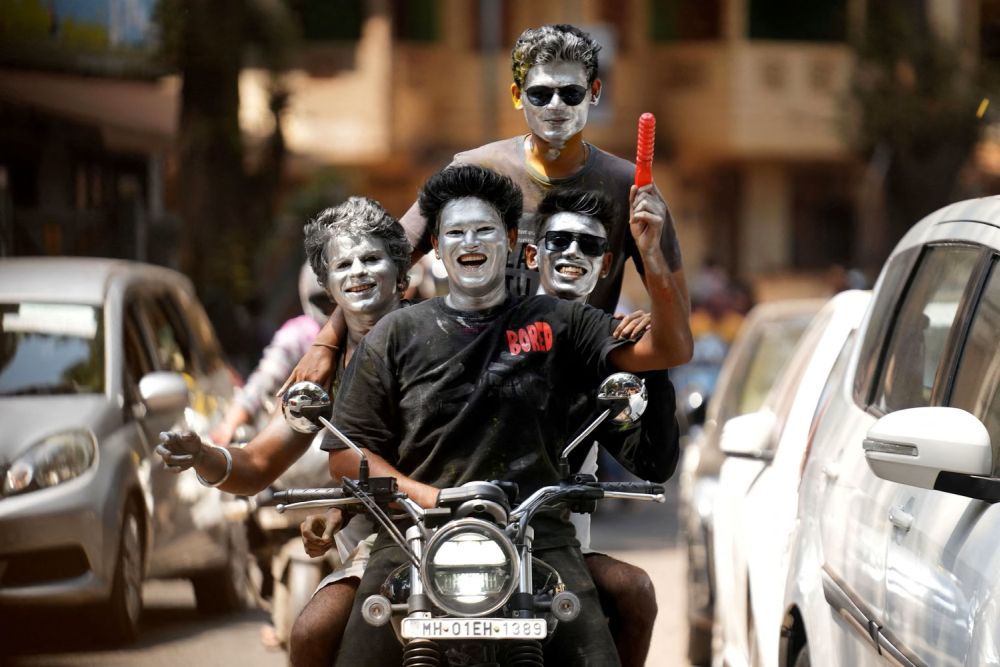
The Legend of Holika Dahan
The tale of Holika Dahan, a central aspect of Holi celebrations, narrates the victory of righteousness over malevolence. According to Hindu mythology, the demon king Hiranyakashyap, granted invincibility by Lord Shiva, sought to command the universe. However, his son Prahlad remained steadfast in his devotion to Lord Vishnu. Angered by Prahlad’s defiance, Hiranyakashyap ordered his sister Holika, immune to fire, to kill Prahlad by sitting on a pyre with him. Yet, divine intervention saw Holika perish in flames while Prahlad emerged unscathed, symbolizing the triumph of virtue over vice.
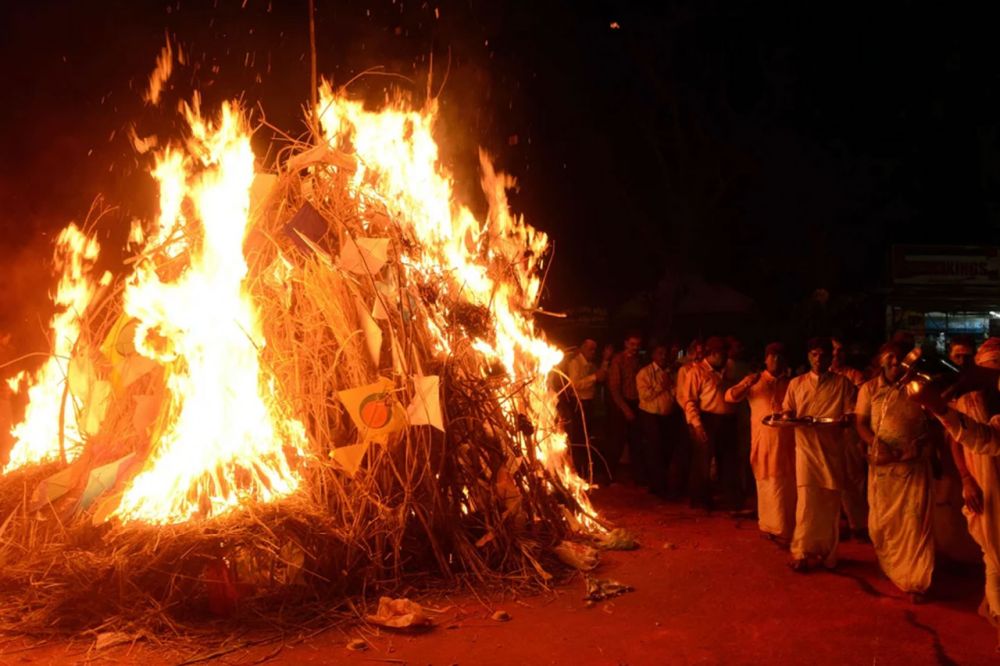
Sacrifice of Kamadeva
Another captivating legend associated with Holi revolves around the sacrifice of Kamadeva, the god of love. Following the demise of his consort Sati, an inconsolable Shiva retreated into deep meditation, causing distress in the world. To rouse Shiva from his trance, Parvati sought Kamadeva’s aid, who sacrificed himself by shooting a love arrow at Shiva. Although Shiva incinerated Kamadeva with his third eye, the sacrifice rekindled Shiva’s love for Parvati, restoring balance to the universe. Thus, Holi commemorates Kamadeva’s selfless act, igniting the flame of love and devotion.

Divine Love of Radha Krishna
The divine love shared between Radha and Krishna forms the essence of countless folklore and songs surrounding Holi. Legend has it that Lord Krishna, self-conscious about his complexion, sought his mother’s advice. Playfully, Yashoda suggested Krishna paint Radha’s face with any color he desired. In a moment of jest, Krishna painted Radha’s face with colors, symbolizing their eternal bond. Since then, the playful exchange of colors during Holi serves as a homage to Radha and Krishna’s enduring love.
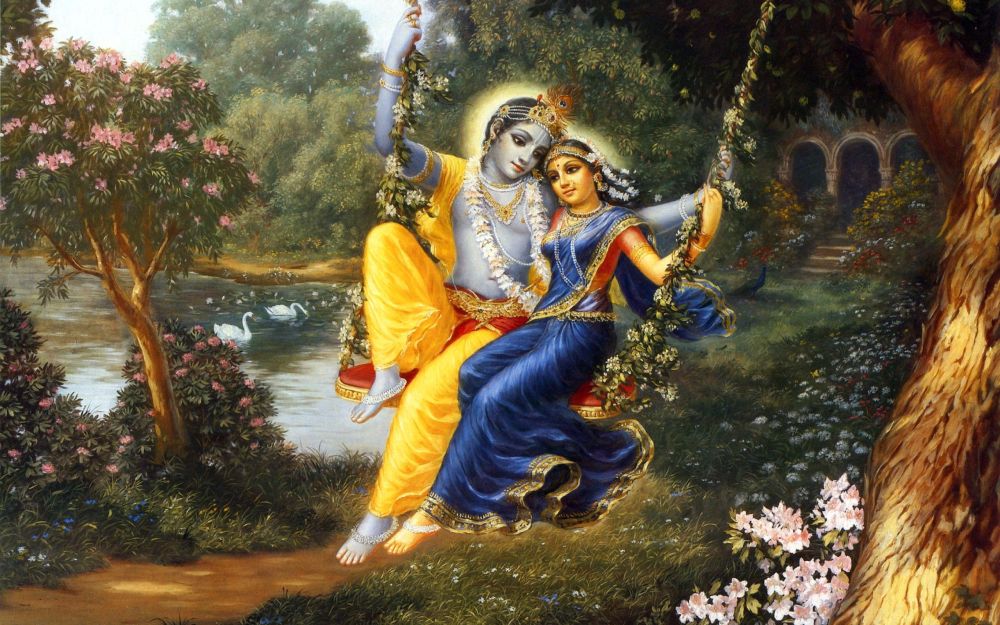
Dhundhi’s Defeat
Among the myriad legends of Holi, the tale of Dhundhi, an ogress terrorizing children, stands out for its playful resolution. Faced with the menace of Dhundhi, a priest devised a plan involving children creating chaos with drums, laughter, and insults to drive her away. This lighthearted approach to vanquishing evil exemplifies the spirit of Holi, where joy and merriment triumph over darkness.
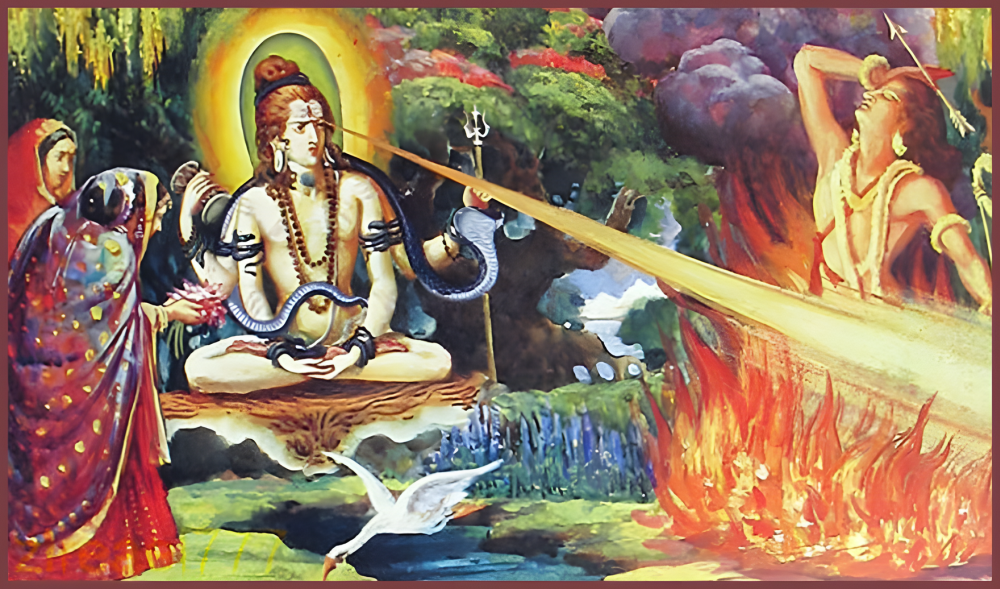
Commemorating Pootana’s Demise
In certain regions, Holi marks the end of winter and the vanquishing of evil symbolized by the death of the demoness Pootana. Tasked with poisoning Lord Krishna, Pootana met her demise at his hands, signifying the onset of spring and the triumph of righteousness.
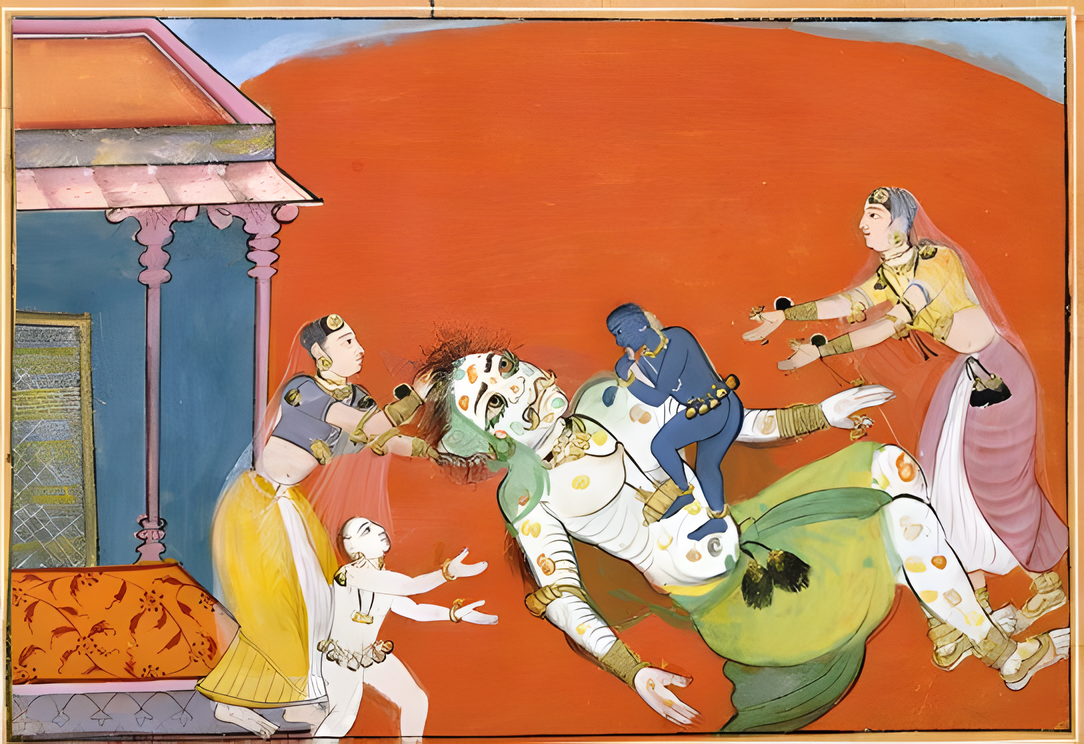
As we finish to celebrate Holi in 2024, let us not only revel in the kaleidoscope of colors but also reflect on the profound significance of these timeless legends. Each narrative serves as a reminder of the eternal struggle between good and evil and the enduring power of love and righteousness.

